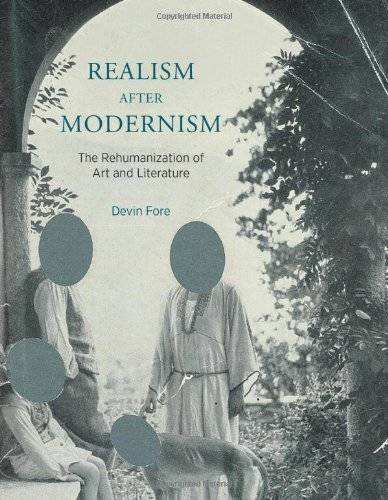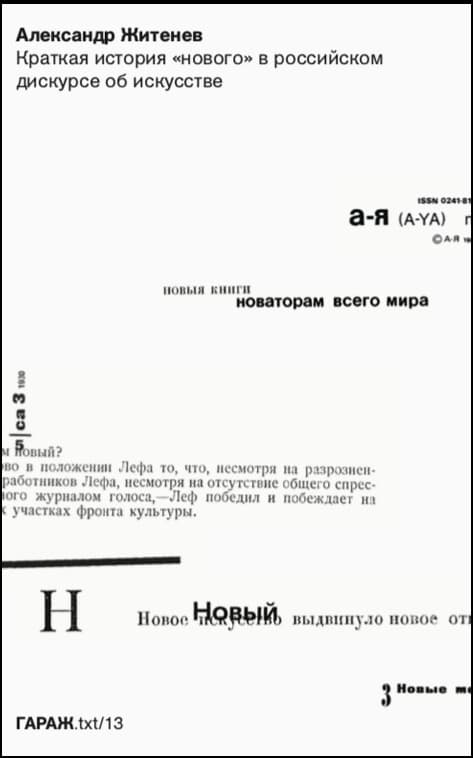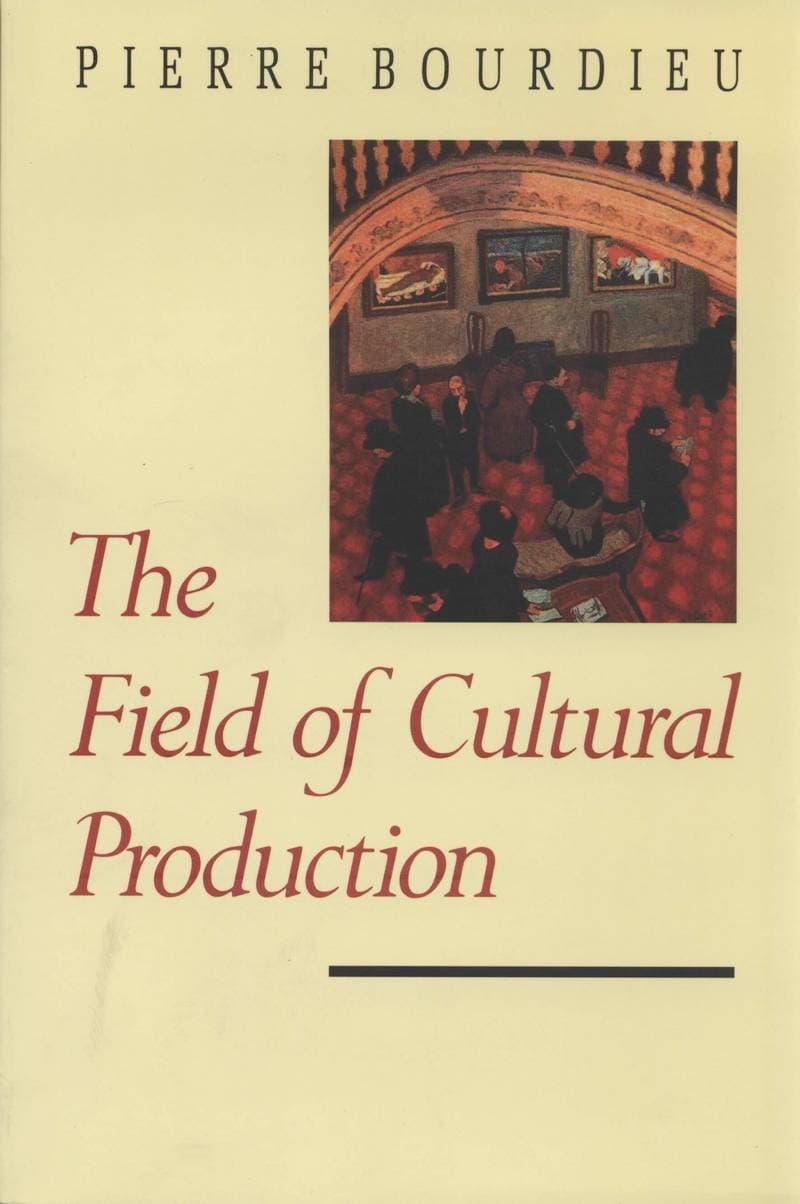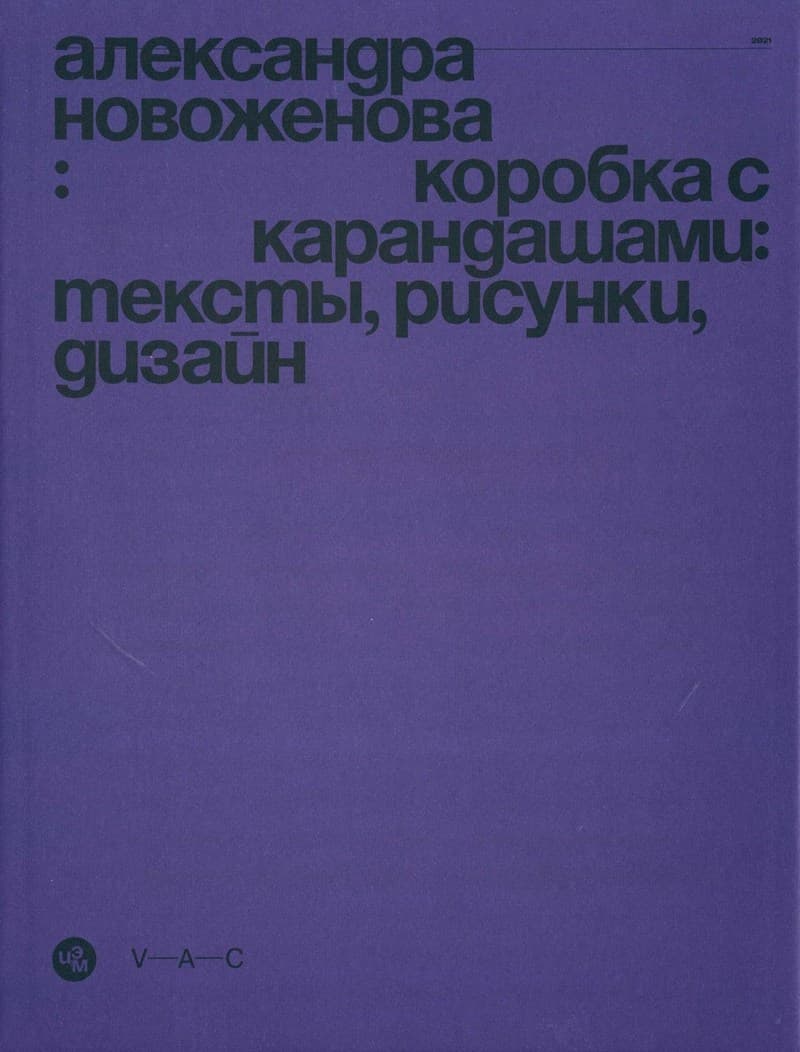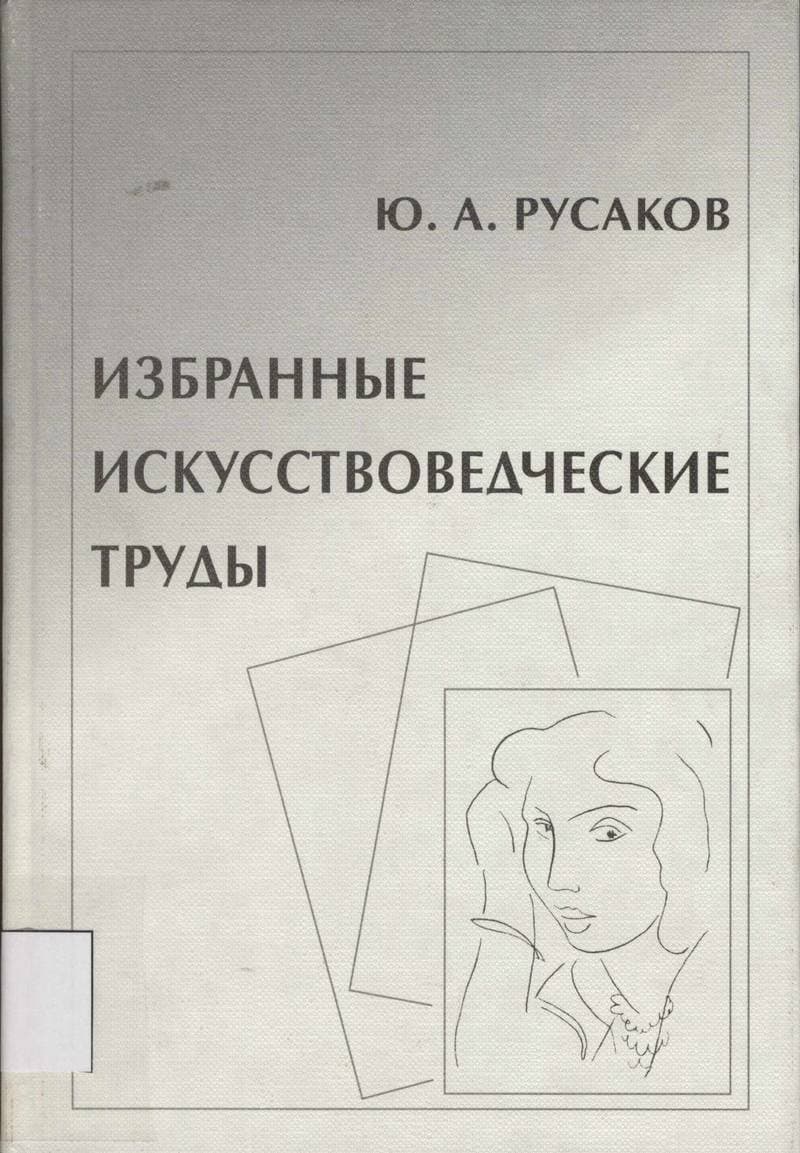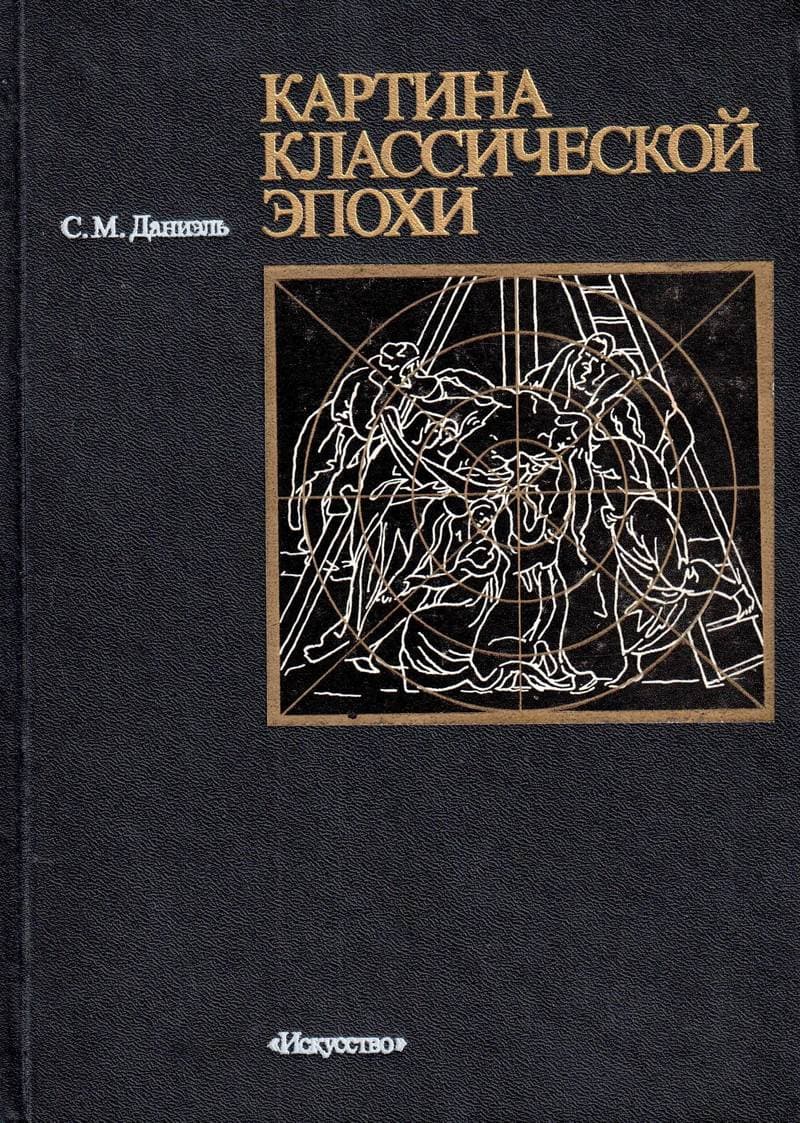Realism after Modernism. The Rehumanization of Art and Literature
The human figure made a spectacular return in visual art and literature in the 1920s. Following modernism's withdrawal, nonobjective painting gave way to realistic depictions of the body and experimental literary techniques were abandoned for novels with powerfully individuated characters. But the celebrated return of the human in the interwar years was not as straightforward as it may seem. In Realism after Modernism, Devin Fore challenges the widely accepted view that this period represented a return to traditional realist representation and its humanist postulates. Interwar realism, he argues, did not reinstate its nineteenth-century predecessor but invoked realism as a strategy of mimicry that anticipates postmodernist pastiche. Through close readings of a series of works by German artists and writers of the period, Fore investigates five artistic devices that were central to interwar realism. He analyzes Bauhaus polymath Laszlo Moholy-Nagy's use of linear perspective; three industrial novels riven by the conflict between the temporality of capital and that of labor; Brecht's socialist realist plays, which explore new dramaturgical principles for depicting a collective subject; a memoir by Carl Einstein that oscillates between recollection and self-erasure; and the idiom of physiognomy in the photomontages of John Heartfield. Fore's readings reveal that each of these “rehumanized” works in fact calls into question the very categories of the human upon which realist figuration is based. Paradoxically, even as the human seemed to make a triumphal return in the culture of the interwar period, the definition of the human and the integrity of the body were becoming more tenuous than ever before. Interwar realism did not hearken back to earlier artistic modes but posited new and unfamiliar syntaxes of aesthetic encounter, revealing the emergence of a human subject quite unlike anything that had come before.
Данные книги
Кембридж
2012
404 страницы
9780262017718
Открытый доступ
Да
Нет
701.2 For
1
- Spiritual Art and Art Education2014
- The Optical Unconscious1998
- Краткая история «нового» в российском дискурсе об искусстве2022
- Чтение белой стены2011
- Bachelors2000
- The Field of Cultural Production. Essays on Art and Literature1993
- 13 Paintings Children Should Know2014
- Феномен открытой формы в искусстве ХХ века2012
- Коробка с карандашами: тексты, рисунки, дизайн. Медиа искусства2021
- Избранные искусствоведческие труды2000
- The Oxford Handbook of Creative Industries2015
- Картина классической эпохи. Проблема композиции в западноевропейской живописи XVII века1986
